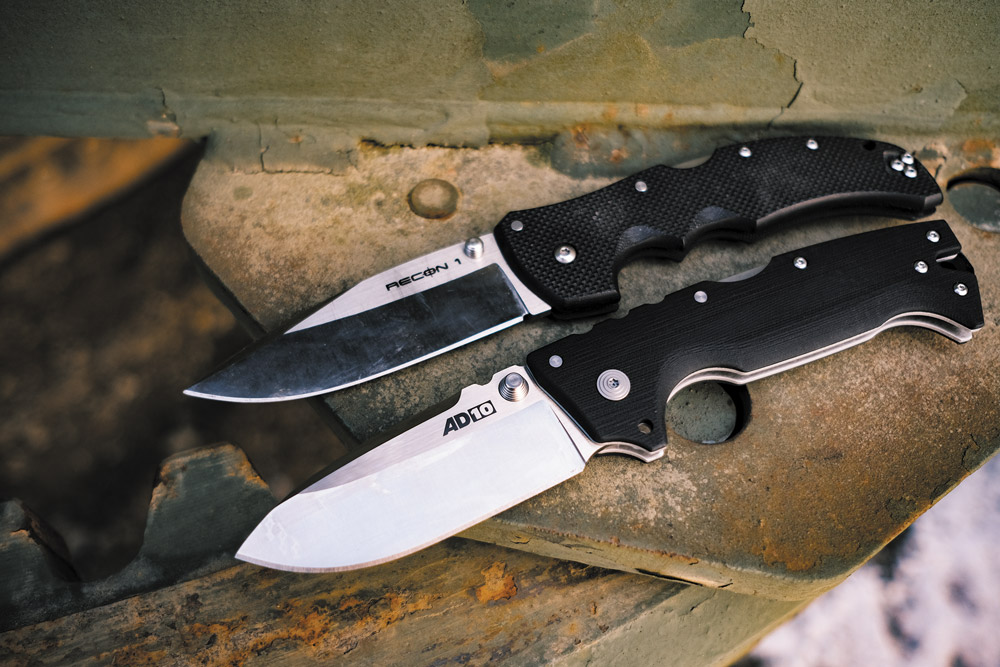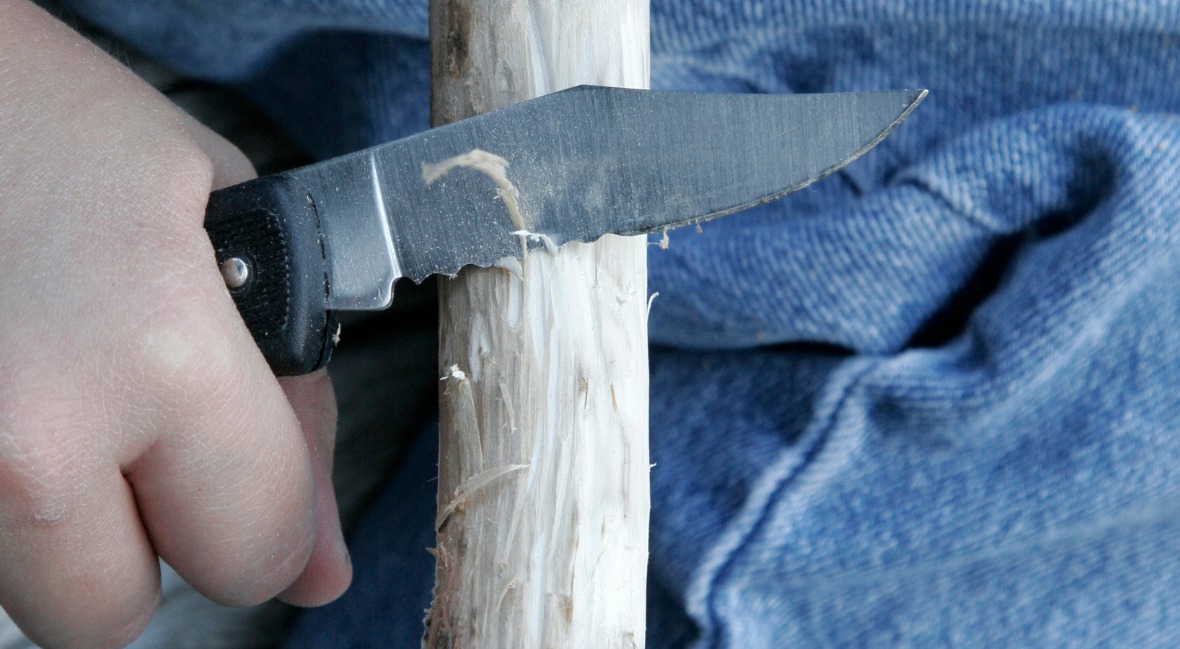In the culinary world, precision and efficiency are paramount. This need for precision extends beyond ingredients and techniques to the very tools that chefs rely on every day. Knives are integral to a chef's performance, and the debate of thumb stud vs flipper tab is one that often arises among kitchen professionals. Understanding these features can significantly impact your knife handling skills and, ultimately, your culinary creations.

Understanding the Basics: What Are Thumb Studs and Flipper Tabs?
Before diving into the advantages and disadvantages of each, it's essential to understand what thumb studs and flipper tabs are. A thumb stud is a small protrusion on the blade of a folding knife that allows for easy, one-handed opening. Located near the base of the blade, it provides a simple mechanism for deploying a knife swiftly.
On the other hand, a flipper tab is a protrusion found at the back of the knife blade, which, when pressed, allows the blade to swing open. The flipper tab is often complemented by a ball-bearing system, enabling a smooth and quick blade deployment. Both mechanisms have their pros and cons, which can affect your choice depending on your specific needs in the kitchen.
Advantages of Thumb Studs for Kitchen Use
One of the primary benefits of thumb studs is their simplicity. As a straightforward mechanism, thumb studs are easy to use and require minimal learning. This can be particularly advantageous in a fast-paced kitchen environment where every second counts. Additionally, thumb studs allow for ambidextrous use, making them accessible for both left and right-handed chefs.
Moreover, knives with thumb studs tend to be more compact and lightweight. For those who prefer a minimalist design with fewer moving parts, thumb studs are an excellent choice. They are also less likely to snag on clothing or aprons, which is crucial in a bustling kitchen.
Why Some Chefs Prefer Flipper Tabs
While thumb studs offer simplicity, flipper tabs provide speed and ease of use. The flipper tab mechanism is often faster than thumb studs, as it requires only a gentle push to deploy the blade. This can be a game-changer during busy service hours when rapid access to a knife is essential.
Flipper tabs are also known for their safety. The design ensures that your fingers remain out of the blade's path during deployment, reducing the risk of accidental cuts. Additionally, the presence of a flipper tab often indicates a robust locking mechanism, providing extra security during use.
For a deeper dive into the anatomy of knives and their features, you can check out this comprehensive guide.

Choosing the Right Option for Your Kitchen
The decision between thumb stud and flipper tab largely depends on personal preference and the specific demands of your kitchen. If you're looking for a straightforward, reliable tool, a thumb stud might be the right choice. However, if speed and safety are your top priorities, consider opting for a knife with a flipper tab.
Both options offer unique benefits. Some chefs may even choose to have both types in their kitchen arsenal to cater to different tasks and situations. The key is to evaluate your needs and try out both mechanisms to determine which feels more comfortable and efficient for your style of cooking.
Integrating Knife Features into Your Culinary Practice
Integrating the right knife features into your culinary practice can elevate your kitchen efficiency. For more on how to select the best knives for your needs, explore our article on folding knife blade steel types for insights into different materials and their benefits.
Additionally, understanding the nuances of one-handed opening knives can further enhance your knife skills. Read more about it in our one-handed opening knives guide.
Conclusion
Ultimately, the choice between thumb stud and flipper tab boils down to your personal preference and the specific needs of your kitchen. Both mechanisms offer unique advantages that can enhance your culinary practice. By considering factors such as speed, safety, and ease of use, you can make an informed decision that aligns with your professional requirements.
For those interested in further exploring the differences between knife features, this article provides valuable insights into folding knife mechanisms.
FAQs
1. Which is easier to use, a thumb stud or a flipper tab?
A thumb stud is generally simpler and more intuitive for beginners, whereas a flipper tab offers faster deployment and added safety, especially in high-pressure kitchen environments.
2. Do thumb studs or flipper tabs require maintenance?
Both mechanisms benefit from regular cleaning and lubrication to ensure smooth operation. For tips on maintaining your blades, refer to our guide on sharpening fixed blade knives.
3. Are flipper tabs safer than thumb studs?
Flipper tabs are often considered safer due to their design, which keeps fingers away from the blade during deployment. However, both mechanisms can be safe if used correctly.
This article contains affiliate links. We may earn a commission at no extra cost to you.


























